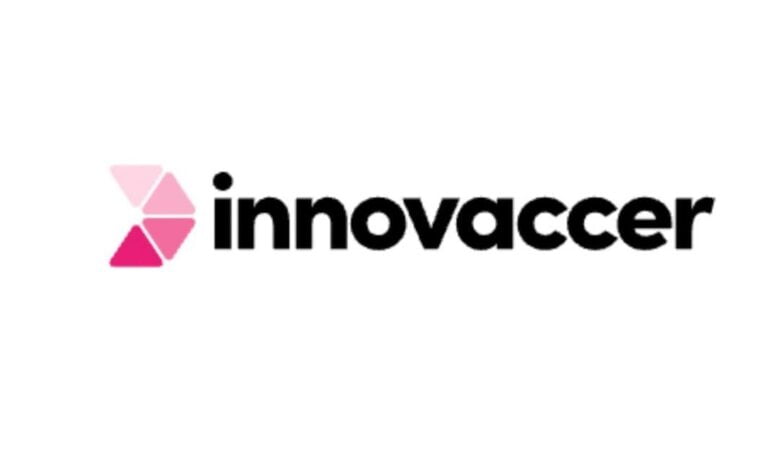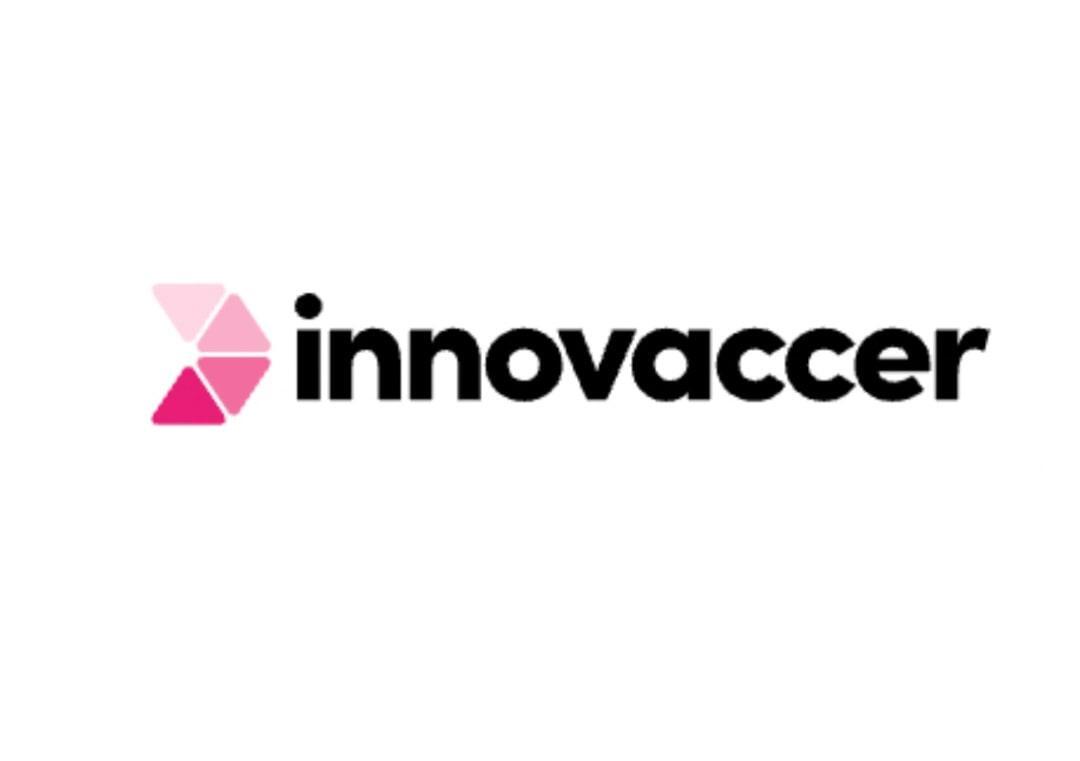Why reduced sales helped Innovaccer become India’s first health tech unicorn

An entrepreneur’s breakthrough idea is the subject of a short essay collection called The Turning Point. This week, we examine the unicorn health tech company Innovaccer from Silicon Valley. After earning $105 million in a Series D fundraising round led by Tiger Global Management in February 2021, Innovaccer became the first Indian health tech business to join the elite unicorn club. With a valuation of $3.2 billion, the business secured $150 million in Series E fundraising in December.
On the heels of significant achievements gained during the epidemic, this portends a turning point for the health tech sector. The COVID-19 disruption has prompted new businesses to enter the market in novel sectors, including online consultation, online drug delivery, and software development for major hospitals.
A data analytics initiative at Wharton and Harvard University that was focused on combining remote datasets and utilizing them with analytical tools was where Innovaccer’s adventure began in 2011. Co-founders Abhinav Shashank, CEO, and Kanav Hasija, CCO, oversaw the initiative, which investigated how big data may be examined, processed, and analyzed to yield useful insights.
Sandeep Gupta, who is presently the COO of Innovaccer, and Abhinav Kanav were inspired to create Innovaccer in Silicon Valley in 2014 as a result of the research findings being noticed by prestigious universities like Stanford and MIT. According to Sachin Saxena, founder member and Head of Marketing at Innovaccer, “in the first year, we worked with 80% of Ivy League institutions on various research projects and subsequently went onto an enterprise model concentrating on varied areas like retail and finance.”
The creators secured $3 million in initial funding from Rajan Anandan, the former head of Google India, and others. Despite the company’s refusal to disclose sales numbers, according to Sachin, the firm made millions of dollars in its first few years. In the beginning, Sachin continues, “we worked on a variety of big data and AI/ML projects and hadn’t identified our specialized market.”
The team began working on a project to find use cases for organizations involved in healthcare in early 2015. As a result, they were able to reach an agreement with MercyOne PHSO, one of the biggest healthcare organizations in the US.
Breaking the market
The healthcare sector, in contrast to the banking and hotel industries, is infamous for being sluggish in adopting new technology, with many businesses managing data from many sources and silos without any sort of communication layer. Finding pertinent insights is challenging since the data don’t interact with one another.
This problem is resolved by Innovaccer by combining all different data sources, cleaning the data, and creating apps on top of it. The process then employs custom AI/ML algorithms to produce insights for various healthcare stakeholders. The business worked on several initiatives in various sectors to address diverse use cases, but it finally opted to concentrate on the healthcare sector and gave up 70–80% of its income to do so. Early in 2016, Innovaccer changed course and chose to concentrate on the healthcare sector.

“We found that one industry that would need the most data assistance and applications for data analytics was healthcare.” To help caregivers save lives and have a significant impact on a wide number of people, our aim evolved from “data for everything” to “data for healthcare,” according to Sachin. This was, however, easier said than done. Although giving up the majority of its revenue streams was a brave move for the firm, it was also terrifying for the founders.
“It was challenging to convince significant healthcare organizations to entrust their data to a young, up-and-coming brand.” We did all in our power to get that first contract. But the day we signed the contract with Mercy will always be a memorable one. They remain one of Innovaccer’s most valued clients today, according to Sachin.
After researching the healthcare sector in the United States, the team identified interoperability and a lack of useable data as the two main obstacles. “We designed solutions that assisted everybody, and their requirements were taken care of with our nimble and customized solutions,” he continues. “We took every minute detail from the grassroots levels into mind.
The bulk of Innovaccer’s customers are from the US, and the business has lately entered the Middle East and UK markets. It does not serve the Indian market, despite being an Indian unicorn. Innovaccer hasn’t done much business in India, according to Sachin, even though there are many prospects there. This is because for Innovaccer’s solutions to be successful, a fundamental foundation for data to support outcomes must be in place. Additionally, because of how the Indian healthcare system functions differently, the American approach cannot simply be translated there.
Even though there is a shortage of infrastructure, “We see a good improvement with the type of steps that the government has been implementing,” adds Sachin. The company’s next major move is to expand its footprint in the Middle East and Europe, beginning with the UK. Although it will take time to expand to India, according to Sachin, “whenever we go, we move with the newest standards and technology.” There is unquestionably a favorable trend.
With 1,500 employees, Innovaccer has seven facilities in India, the US, the UK, and the Middle East. As a cost-saving measure earlier this month, the corporation let go of 90 staff from a variety of divisions. We undertook a modest employee reduction to optimize our structure and efforts in light of the present economic climate. As we continue our quick expansion, these reductions will assist us in increasing operational effectiveness and moving in the correct direction toward profitability. The entire decrease was less than 8%, according to a statement from Abhinav Shashank, co-founder and CEO of Innovaccer.
The business has participated in the Indian government’s “Swasth Alliance” effort, which is geared toward platform development and improving communication between insurance companies and healthcare institutions. More than 1,600 care settings have reportedly used Innovaccer’s solutions. More than 39 million patients’ records have been consolidated; it has assisted over 96,000 caregivers in working more cooperatively; and it has reduced costs by a total of $1 billion.

The company claims that it is now growing at a 100% rate on an annual basis and is certain that this trend will hold in the years to come. To achieve this expansion, it is heavily investing in R&D and go-to-market teams all around the world. The design of scalable technologies and solutions that take a collaborative approach and meet the unique needs of all stakeholders is now necessary as we move into a time of digital transformation.
The company intends to launch a new portfolio of innovation accelerators that will let healthcare companies handle the most common and high-impact use cases in a fraction of the time needed by current methodology and technology.
Edited by Prakriti Arora





